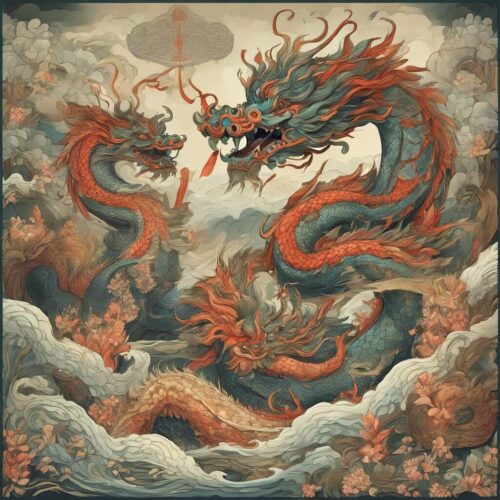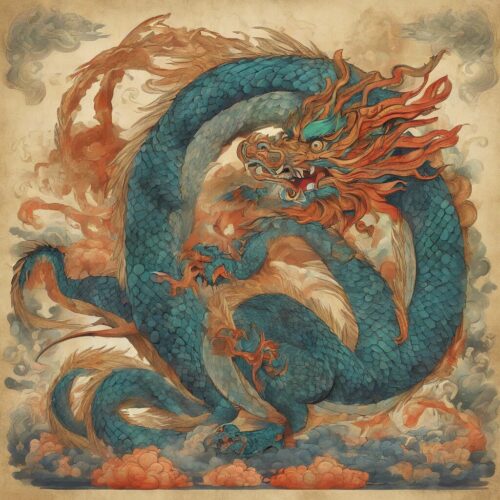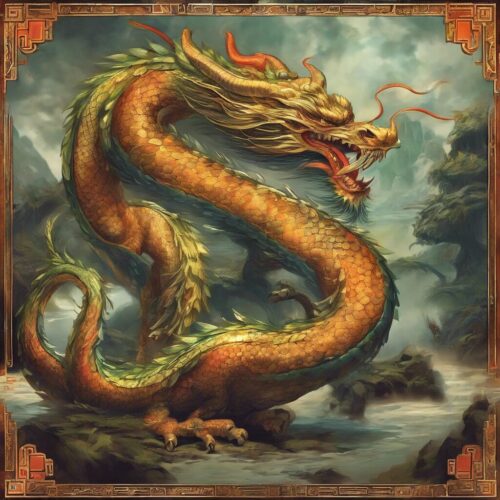The dragon, a mythical creature, has been ingrained in civilizations around the globe, standing as a symbol of power, wisdom, and prosperity. Interestingly, each culture paints a unique portrait of this majestic entity. Particularly, the Vietnamese dragons, also known as Rồng, hold a significant spot in Vietnamese culture and history. In this article, we will delve into the mythical legends of Vietnamese dragons, unveiling the ancient tales that reflect this country’s cultural and historical identities.

The Dragon – An Emblem of Vietnamese Culture
The Vietnamese perceive dragons to be benevolent beings bringing rainfall, thus symbolizing abundance and prosperity. They are honored for their power, nobility, and wisdom. Dragons are intimately connected to Vietnamese emperors, considered direct descendants of the Dragon Lord Lạc Long Quân.

Depictions of the Vietnamese Dragon
Distinct from their fierce Western counterparts such as the European dragon or the Smaug of The Hobbit, Vietnamese dragons are portrayed as majestic, kind, and intelligent. They are often depicted with a long body that resembles a serpent, a deer’s horns, a cat’s eyes, a carp’s scales, and a peacock’s tail – each signifying a unique attribute.
A Symbol of Life Energy
Vietnamese dragons are seen as a representation of life energy or ‘Yang’. They are associated with water bodies, especially rivers and seas, emphasizing their representation of existence. Stories tell of their ability to control weather, create rainfall, and are thus regarded as agricultural deities.

The Legend of Lạc Long Quân and Âu Cơ
Central to the dragon lore of Vietnam is the tale of Lạc Long Quân and Âu Cơ. According to the myth, Lạc Long Quân, the Dragon Lord, married Phoenix princess Âu Cơ who gave birth to a sac that later split to become a hundred eggs. These eggs hatched into humans who went on to become the tribes that make up Vietnam today. The story is not just a captivating legend; it is emblematic of the harmonious intermingling of the dragon’s fiery power and the phoenix’s noble grace.
Emperors – The ‘Dragon’s Descendants’
Emperors in ancient Vietnamese culture were seen as the ‘Dragon’s Descendants’ and were the only ones allowed to wear dragon symbols. Their throne was referred to as the ‘Dragon’s Bed’, their robes as ‘Dragon’s Robes’, reinforcing the crucial role dragons played in establishing monarchy hierarchy and power claims.
The Dragon Dance – Bringing Legends to Life
Portraying the legendary tales, the dragon dance performed during the Vietnamese Lunar New Year Tết is the epitome of the local belief and reverence toward this mythical beast.
In conclusion, the Vietnamese Dragons weave a rich tapestry of a civilization marked by resilience, dignity, and prosperity. So, as you marvel at these ancient legends, remember that every dragon scale tells not just a story but a historical parable.
